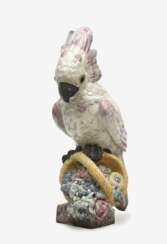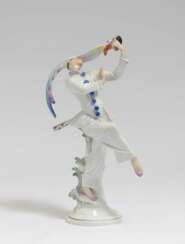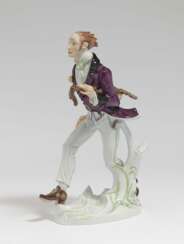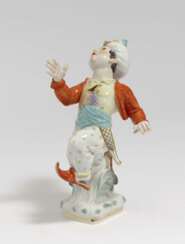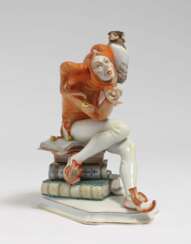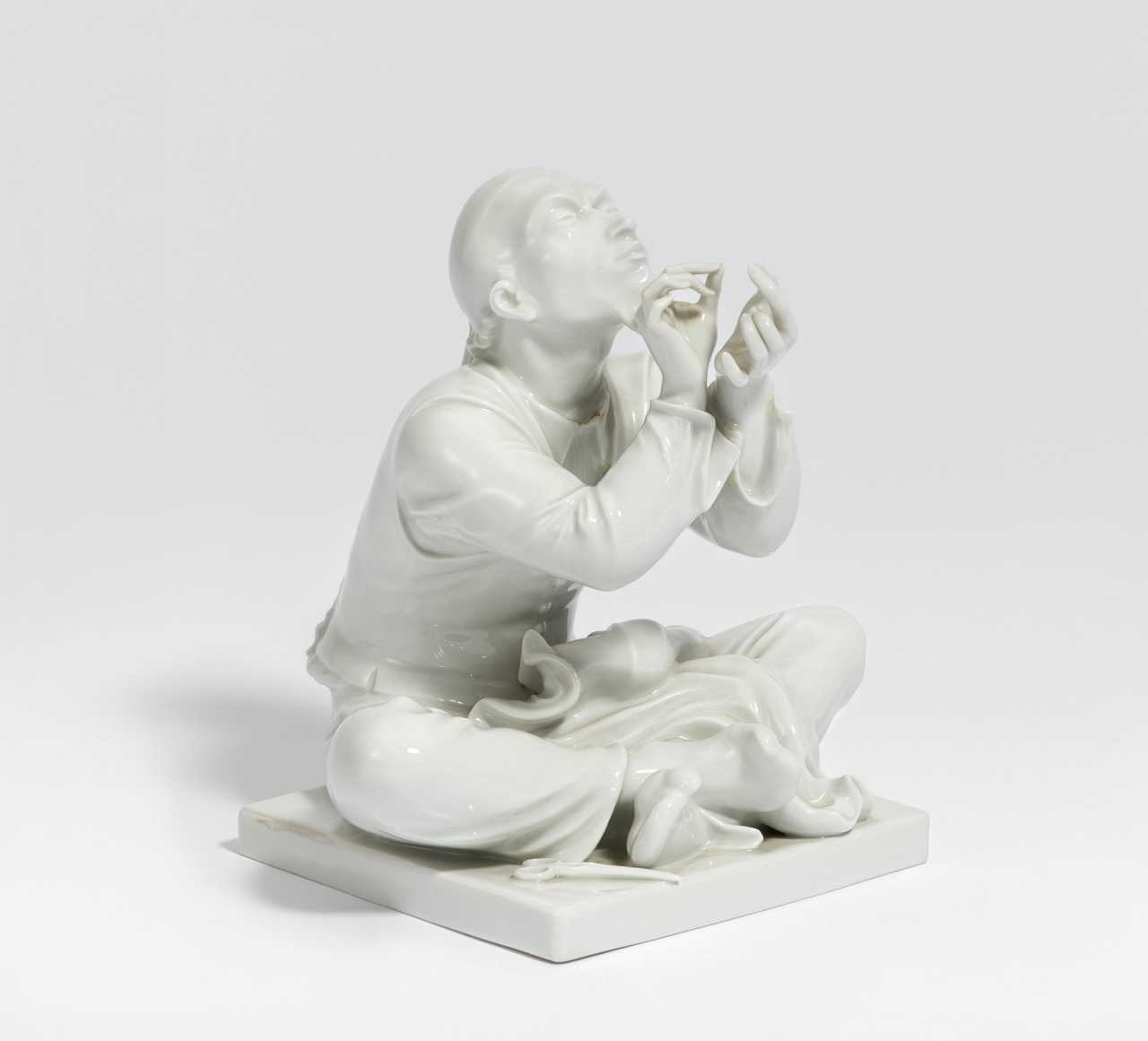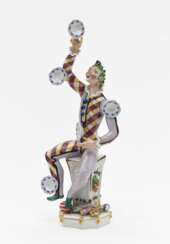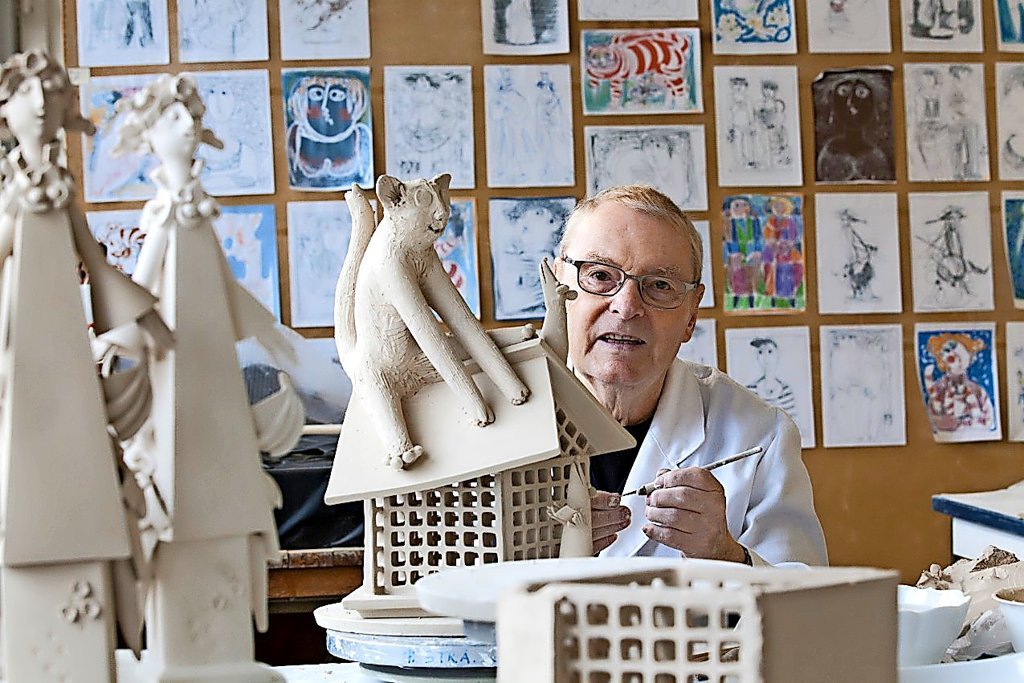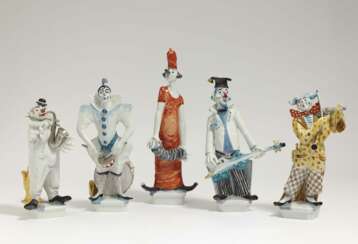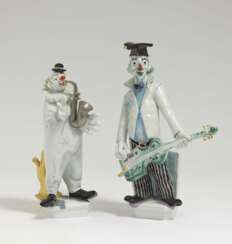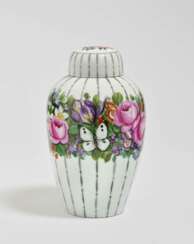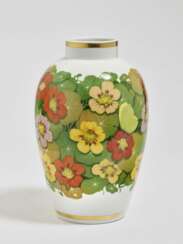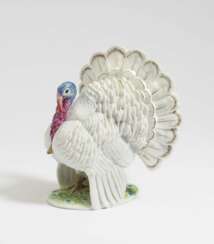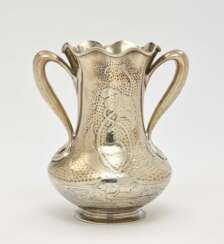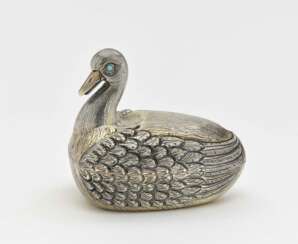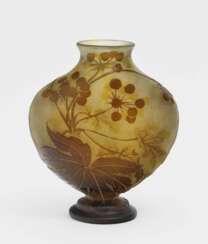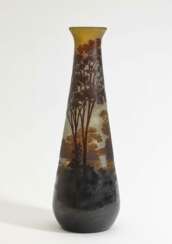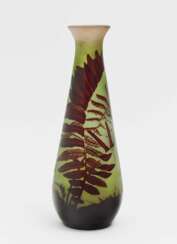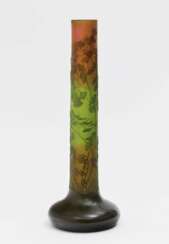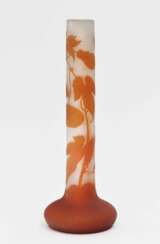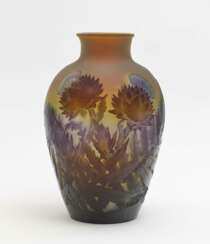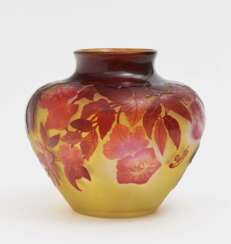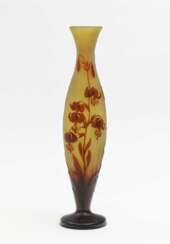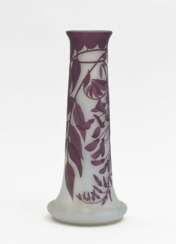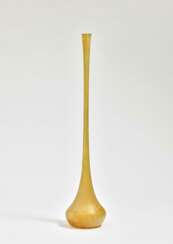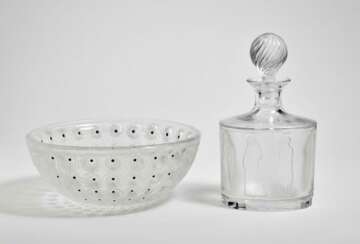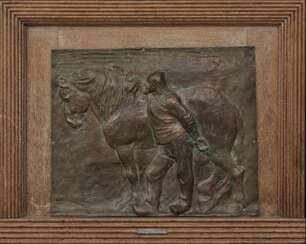
Art Nouveau Arts And Crafts — Crafts and antiques
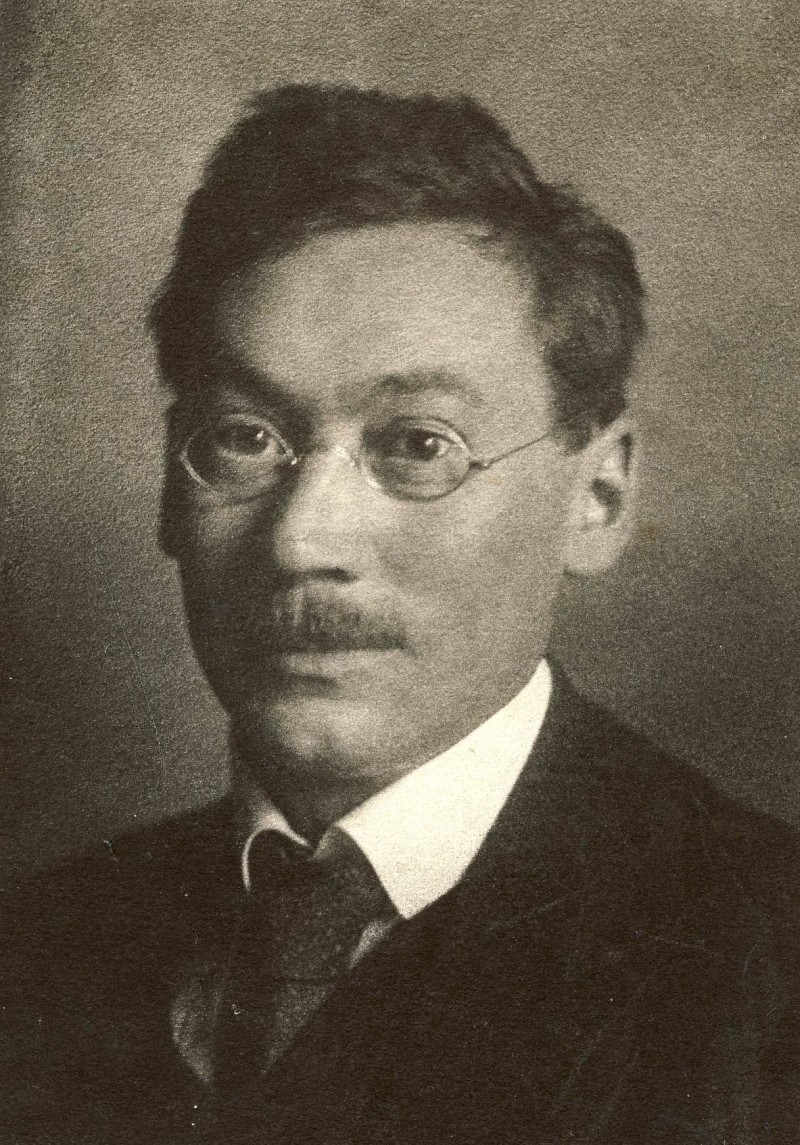
Rudolf Sieck was a German landscape painter and illustrator.
He studied at the Munich School of Applied Arts, making landscape and architectural drawings. Sieck collaborated with the magazine "Jugend", and also illustrated editions of works by Guy de Maupassant, Emile Zola and other classics. In 1906 Rudolf Sieck worked as a designer for the Nymphenburg porcelain factory, and in 1913 he moved to Pinswang near Prin and became a member of the Die Welle artists' association. Here numerous landscape paintings were created, mostly in a colorful graphic style.
Rudolf Sieck was a member of the Association of German Artists, a member of the New Munich Secession from 1914 and participated in the exhibitions of the Glass Palace. From 1937 to 1941, some of Sieck's landscape paintings were purchased by the highest members of the German government at art exhibitions in Munich.
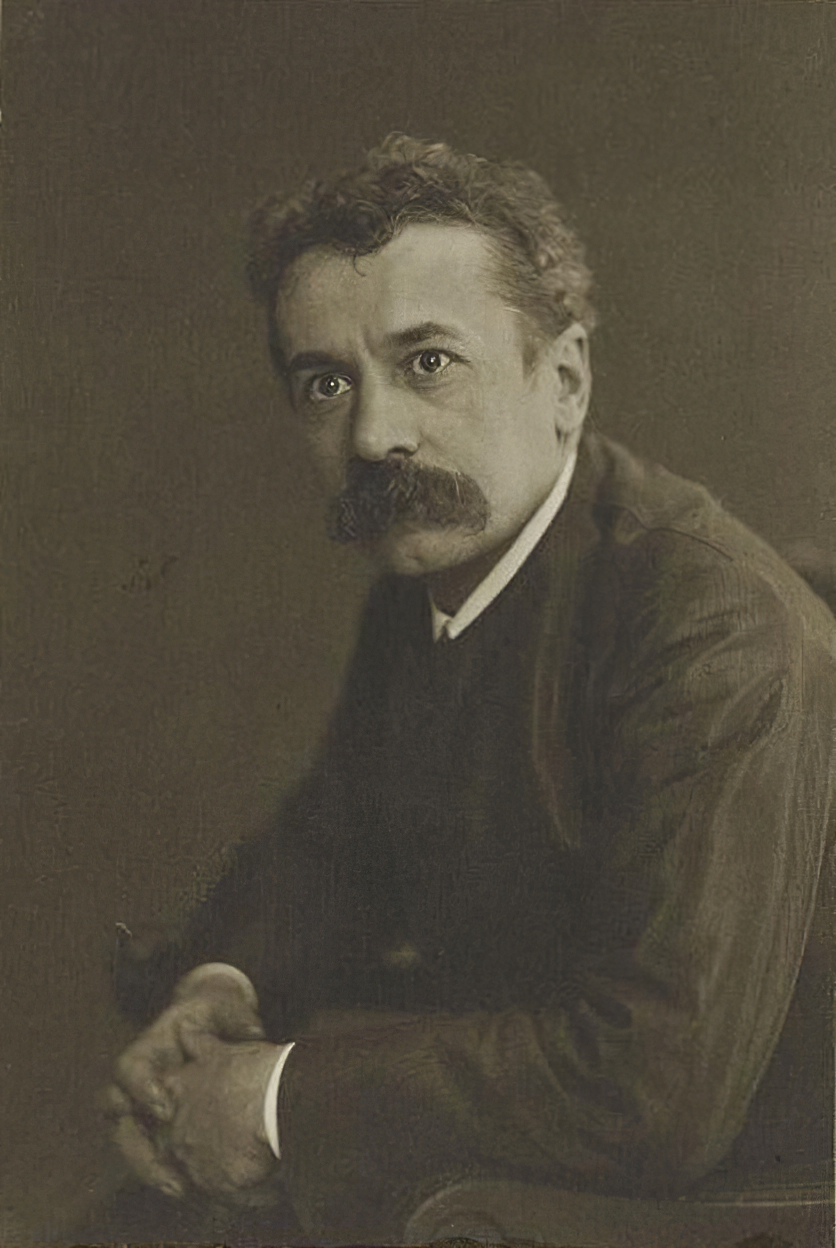
René Jules Lalique was a French jeweller, medallist, and glass designer known for his creations of glass art, perfume bottles, vases, jewellery, chandeliers, clocks, and automobile hood ornaments.
.jpg)
Constantin Meunier was a 19th-century Belgian painter and sculptor. He is known as a master of social realism. Meunier's oeuvre can be considered a vivid reflection of the political and social developments of the industrial age. The heroes of his paintings and sculptures were usually simple toilers. The artist's biography is closely linked to his native Brussels.
In the beginning of his career, Constantin Meunier specialized in painting religious and historical genres, but he did not achieve much success. On the other hand, his paintings and sculptures, executed in a spirit of realism, brought him fame.
The turning point in Meunier's work was his trip to his ancestral homeland, the mining district of Borinage. Shocked by the harsh conditions in which miners had to work, the artist decided to devote himself to realistic art. And the heroes of his paintings were miners, metallurgists and dockers, and the palette of colors acquired a characteristic gloomy-dark accent. For the same reason Meunier turned to sculpture - in bronze he saw greater opportunities to embody the heroic images of workers.


